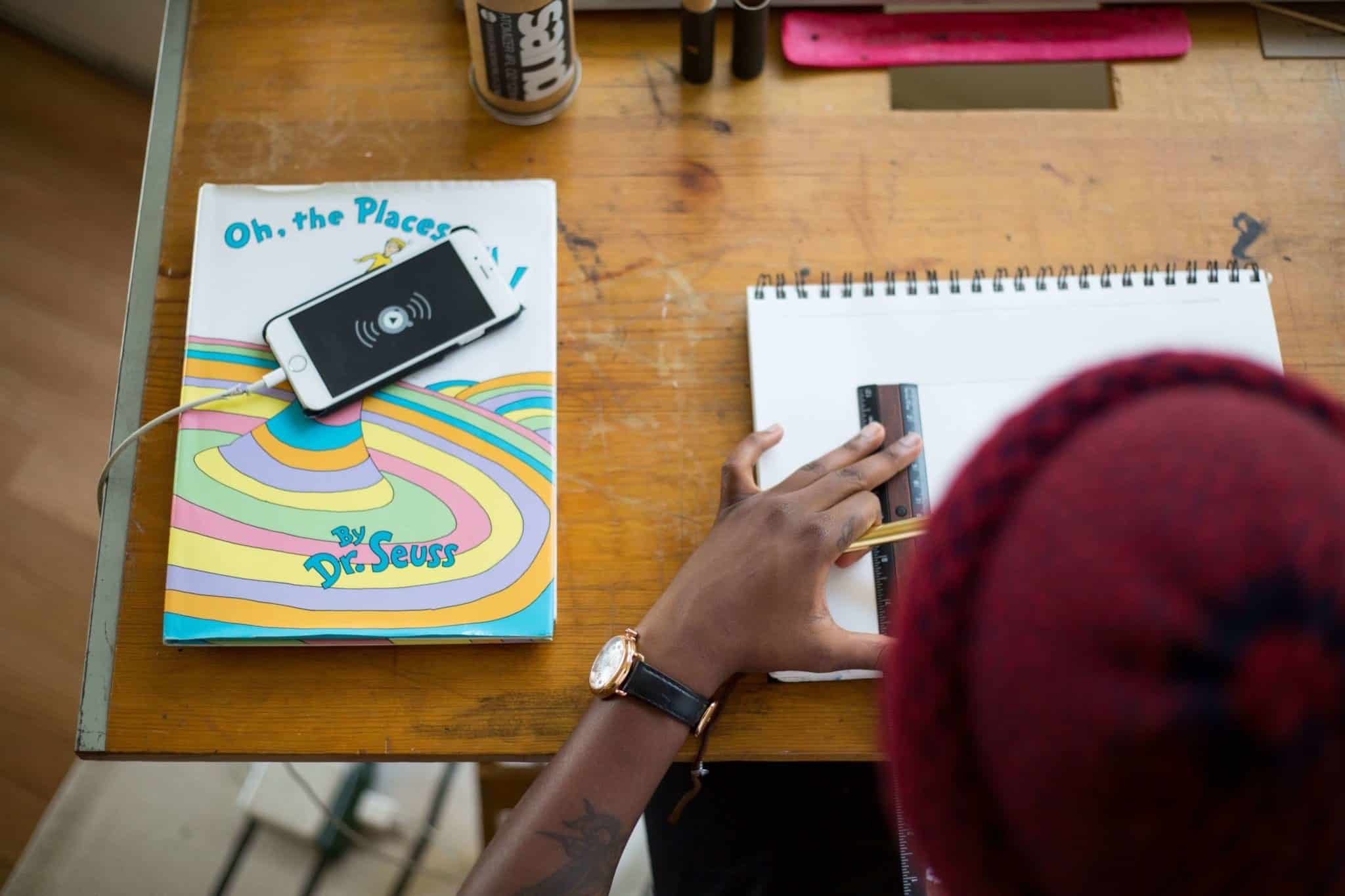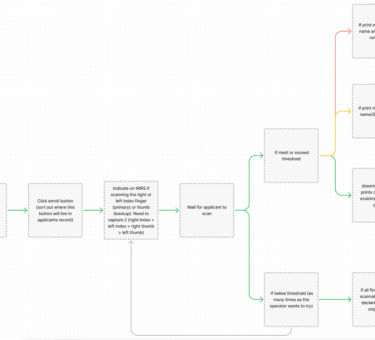A few weeks ago, I participated in a design student’s portfolio review as a reviewer for AIGA Nashville. I was honored to have the opportunity to participate, especially since I was able to review a student who graduated from my own alma mater, Murray State University!
I don’t envy students graduating into this strange job market, but I’m confident that there will always be a need for thoughtful, person-centered designers who make our digital world an accessible and beautiful place. Based on my personal experience and on the trends I’ve seen, here are my top tips for design students and new design graduates who are interested in a digital design career.
- Tailor your portfolio to the type of job you want. It’s great to be able to demonstrate a breadth of projects, but it’s also important to edit your portfolio so it is targeted at the type of job you are applying for. When a hiring manager reviews your portfolio, they are looking for evidence that you’ll be interested in and competent at the type of work their company does. That means an application for a UI designer job should mostly feature UI work, an application for an animation designer job should feature animation work, and so on.
- If your school projects don’t reflect the type of work you want to do, do it yourself. Lots of BFA programs focus on print, which is great for designers who want to work in print design! If you’re interested in a career in web or app design, though, you may need to augment your portfolio with work you do outside of class. Sometimes you can add on to coursework you’ve already completed–for example, if you created a restaurant menu for a class assignment, you can mock up an online ordering system for that restaurant. If you’ve done a class project on packaging design, design an app for that package. Or, if you’ve created your own website to showcase your work, document your process and include your initial sketches or prototypes in your portfolio–along with images of the finished product.
- Learn tools beyond Adobe Creative Cloud. Photoshop, InDesign, Illustrator, and the rest of the Adobe suite are powerful tools–but they are far from the only programs used by designers. In my work as a Product Designer at Tandem, I use Sketch and Figma more than any other design program. If you already have familiarity with these programs, be sure to include that in your job applications! If not, think about signing up for a trial so you can start to learn these tools.
- Search for a variety of job titles, and read job descriptions. When you’re looking for an internship or for your first post-graduation role, don’t limit yourself by only using one search term. Companies might post jobs under different names like ‘content designer,’ ‘UI designer,’ ‘pattern library designer,’ ‘UX designer,’ ‘UX architect,’ ‘product designer,’ or ‘app designer.’ For many of these job titles, there’s no universal consensus on what they mean–so once you’ve found a job posting, read the job description closely to learn more about what that particular company is looking for.
- You don’t need to be a coder to be a successful web designer. It’s a common misconception that UI designers need to be able to code AND design. But coding is a completely separate discipline, and if you don’t want to make it a part of your career, there are still plenty of opportunities for you to work as a designer in the digital world. If you’re freelancing, you might need to have some basic coding skills–but if you’re working at a company or a consultancy, you’ll have coworkers who are developers, and you’ll work together as a team.
As you prepare to enter the full-time workforce, I hope these tips help you feel confident and prepared!
Learn more about how Tandem approaches design:
Documentation for Designers? You’ll Thank Yourself Later
Make Sketch Do the Work: Layer Styles and Text Styles
Successful Design Through Collective Intelligence: How To Get There









